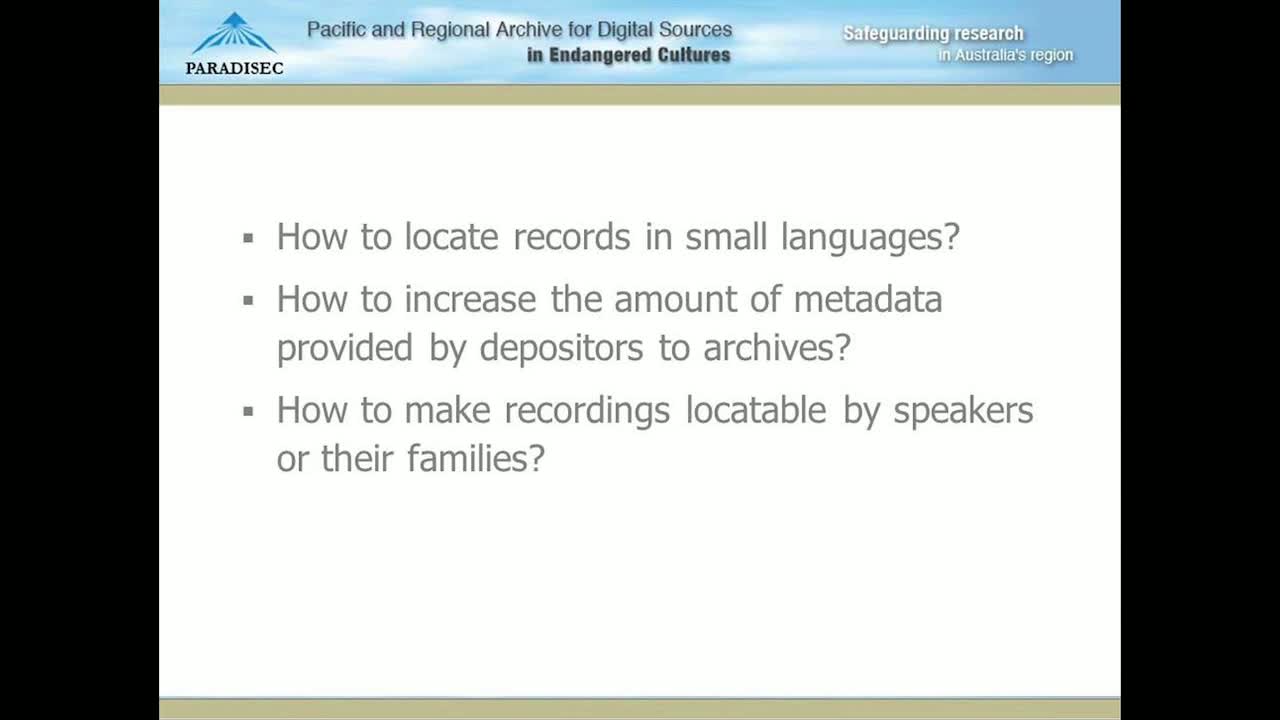Notice
Majority judgment: a new voting method
- document 1 document 2 document 3
- niveau 1 niveau 2 niveau 3
Descriptif
The traditional theory of social choice offers no acceptable solution to the problems of how to elect, to judge, or to rank. The classical model —transforming the “preference lists” of individuals into a “preference list” of society— is fundamentally flawed in both theory and practice. We propose a more realistic model where voters evaluate the candidates in a common language of ordinal grades. This small change leads to an entirely new theory and method: « majority judgment ». It is at once meaningful, resists strategic manipulation, elicits honesty, and is not subject to the classical paradoxes encountered in practice, notably Condorcet’s and Arrow’s. We offer theoretical, practical, and experimental evidence—from national elections to figure skating competitions—to support the arguments.
Intervention / Responsable scientifique
Thème
Documentation
Documents pédagogiques
References:
Balinski M. and R. Laraki (2007), A Theory of Measuring, Electing and Ranking, PNAS, 104(2), 8720-8725.
B & L (2011), Majority Judgment: Measuring, Ranking, and Electing, MIT Press.
B & L (2014). Judge: Don’t vote. Operations Research, 28, 483-511.
B & L (2017), Majority Judgment vs Majority Rule, preprint.
B & L (2018), Majority Judgment vs Approval Voting, preprint.
Sur le même thème
-
Conférence Nick Thieberger
Cette conférence porte sur l'archivage de collections patrimoniales (corpus oraux) dans les langues en danger, notamment en Australie. Le conférencier propose des méthodes pour localiser les
-
JALPES 2010 Strasbourg : Capacités discriminantes et reproductibilité d'un ECN
VieuxRachelThème : Première Journée de Pédagogie Médicale d’Alsace Lorraine (JALPES 2010). Session : motivation et pédagogie en sciences de la santé.Titre : JALPES 2010 Strasbourg – Capacités discriminantes et
-
IPM 2007 - Campus numérique en neurochirurgie
DaugerFrédéricMoreauJean-JacquesJean-Jacques MOREAU présente le campus numérique de neurochirurgie dont l'accès au contenu pédagogique est facilité grâce à une indexation spécifique (web 2.0) de ses ressources numériques. Une





